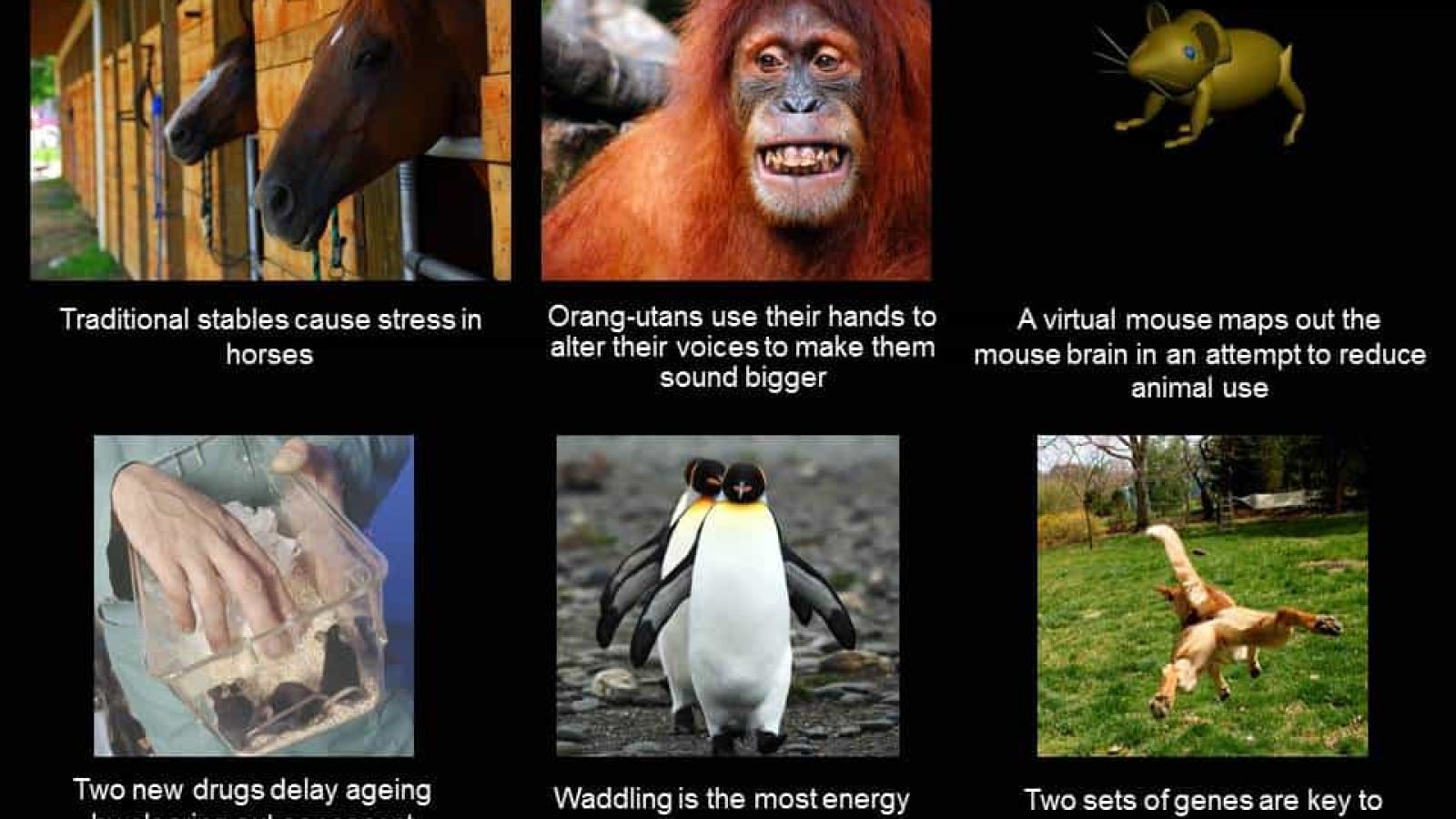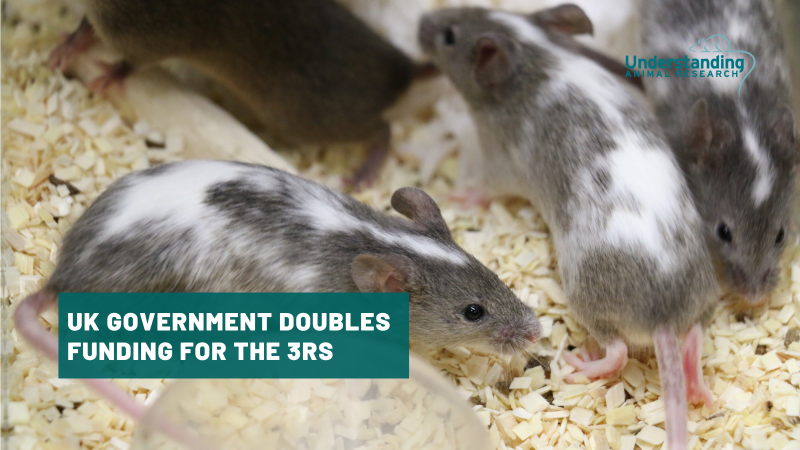16/03/15
A new paper has reviewed the evolutionary origins and development of the anus. This organ exists in almost every animal (not sea sponges or tapeworms, which also do not have a digestive tract), though in some simple organisms like corals and jellyfish it will double as a mouth. The review notes that two sets of genes play a key role of the formation of the anus in nearly all animals, though some animals (such as acoela) have seemingly evolved again to lose these genes (and the consequent orifice).
“Intriguingly, and perhaps confusingly, despite the clear advantages of having an anus, some species have undergone a second wave of evolution, losing the anus that appeared in their ancestors. They often lose too the genes that code for the organ when it disappears, raising questions as to why it was beneficial to lose something so vital.”
http://www.bbc.com/earth/story/20150313-the-origin-of-the-anus
18/03/15
Traditional stables make horses depressed. Although a cosy, safe stall, full of hay might seem like the perfect place for horses, researcher have found that horses do not like being on their own and become stresses when kept in isolation – making traditional single unit stables less than attractive. Horses need space and company but most domestic horses are kept in box stalls claimed to prevent injury and protect the animals. Inadequate housing design could potentially cause stress and negative consequence on health and well being of the horses. Researchers found that horses become more stressed and increasingly difficult to handle the more isolated they became.
Kelly Yarnell, an expert in equine welfare at Nottingham Trent University said: “To the human eye the stable appears safe and inviting and is based on the belief of what the horse finds comfortable. However, for a social animal that spends most of its time in close contact with other horses, the isolation brought about by single housing could activate an equine stress response.”
Dr Sue Walker of Chester Zoo said: “The value of this research not only ensures optimal animal welfare for domestic equids but can also inform the management of exotic equids, such as Onagers or Zebra.”
A team of scientists have come to Penguin beach in London zoo, installed a hi-tech track and are now trying to study penguin gait while they waddle along the installation. Penguins have a distinctive walk, they have a very upright posture like humans but they have very short crouched legs , which give them their distinctive waddle. Scientists are looking to understand how this evolved. Previous studies have shown that waddling is in fact the most energy efficient way for penguins to get around on land and these experiments will reveal exactly how they are doing this. Fossils show that penguins didn't always waddle, but walked more like an albatross does today. The bird bones show that the first penguins were a varied bunch: some were tiny, but others were as tall as humans. Today’s penguins most likely evolved their unusual anatomy and resulting waddle as they became better and better adapted to swimming.
"They are applying forces left and right as they swing their bodies from side to side," says Prof Hutchinson from the Royal Veterinary College (RVC). "But what is not known about penguins is how the legs do that, how big are the sideways forces on penguin legs and how that compares to other waddling birds. And that's why we need these force platforms to measure the forces in the legs individually."
http://www.bbc.co.uk/news/science-environment-31910427
In an attempt to reduce animal research, scientists are looking to do tests on virtual mice instead. Over the last century, almost every medical breakthrough has been based on animal research. In an attempt to reduce the number of animals in research, the Human Brain project has taken the first step to building a virtual mouse for experiments. The digital model maps out how a mouse brain connects to a mouse body, using 200,000 virtual neurons. However, there is a long way to go before the model is an exact replica of the living mouse which has 75 million neurons, but as new data flows in, the researchers will continue to fill the model.
19/03/15
Orang-utans use their hands to alter their voices and make themselves sound bigger. The animals cup their mouths to produce a ‘cylindrical extensions of the lips’ when they send out alarm calls that often signify a predator is nearby. It makes the great apes sound bigger and ‘more impressive’ – and they do it deliberately, knowing it exaggerates their size. The researchers believe this might be a glimpse of an early precursor to language – an animal intentionally changing a sound it makes and, in turn, changing its meaning.
"This has the same effect as lengthening the sound box of a musical instrument," explained Lead researcher Bart de Boer from the University of Brussels, an expert in bio-acoustics, "so you get resonance of the lower pitches. It makes them sound more impressive."
http://www.bbc.co.uk/news/science-environment-31913136
Two new drugs delay ageing by clearing out senescent cells. Scientists have coined the term ‘senolytics’ to describe a new class of drugs designed to delay the process of ageing. The research focussed on senescent cells – cells we acquire throughout life that shut down, stop dividing and sit there being of little use. The older we get, the more of these cells we have. In a study in mice, two drugs were effective at eliminating these cells from fat tissues and bone marrow, consequently improving cardiovascular function and stamina, reducing osteoporosis and frailty and extending healthy lifespan. However, unless you replace senescent cells with healthy versions, after a few rounds of treatment, the process would probably become unsustainable. The idea is to harness the body’s own immune system to do what the drugs are doing and sweep out senescent cells but more gradually – the body would have time to replace them.
“We view this study as a big first step towards developing treatments that can be given safely to patients to extend health span or to treat age-related diseases and disorders,” says Professor Paul Robbins, who led the research.
Last edited: 10 March 2022 17:28




